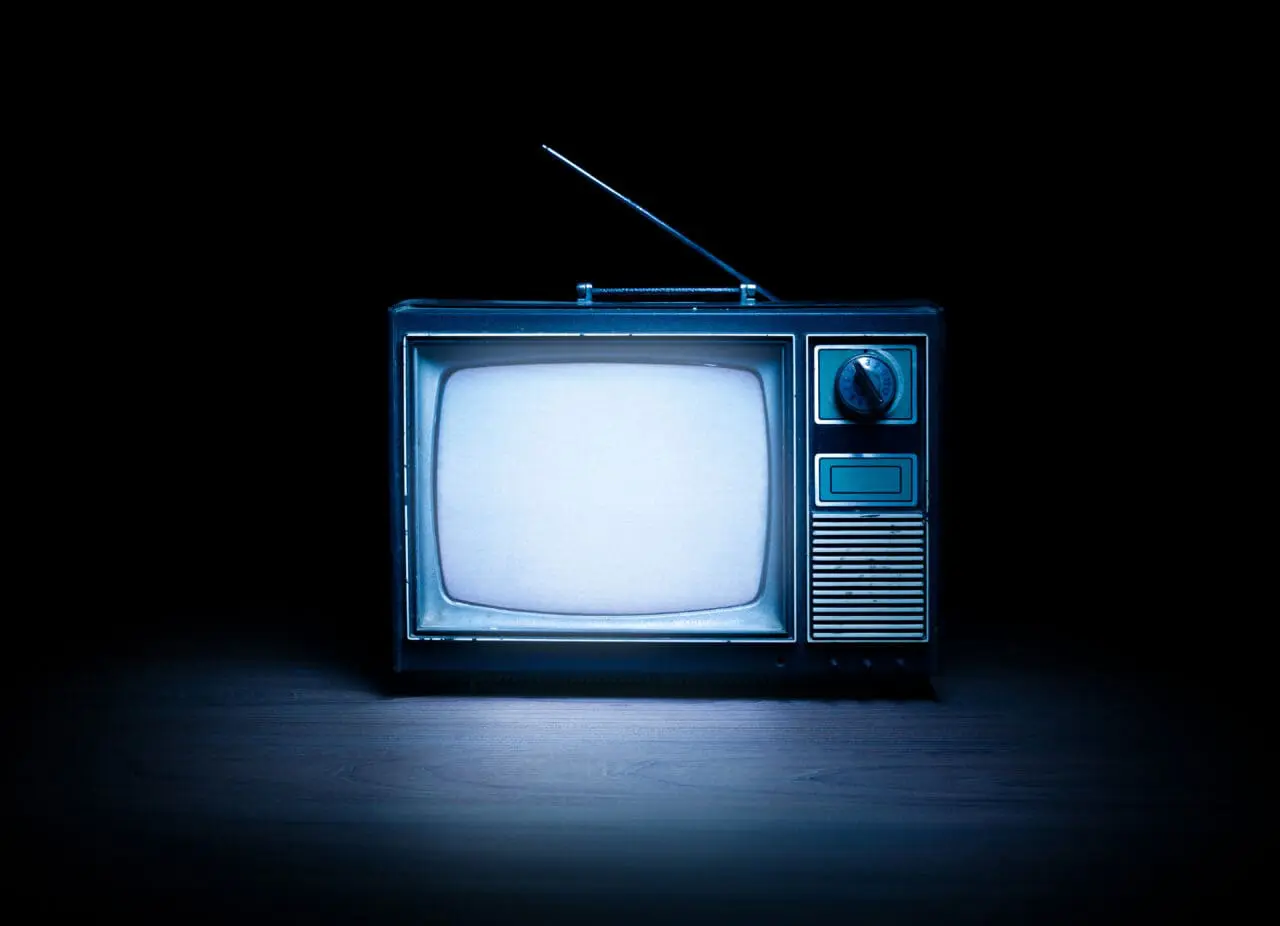

Stooky Bill, a ventriloquist dummy, is an unlikely protagonist in the history of television. This rudimentary object was the star of the first ever televised image, a milestone that marked the dawn of a new era in communication. Bill’s unique appearance, characterized by stark facial contrasts, played a critical role in this groundbreaking transmission.
Stooky Bill was not a sophisticated piece of technology. He was a basic ventriloquist model, chosen not for his aesthetic appeal, but for the contrast of his painted features. Despite his simplicity, Bill played a key role in the birth of television, inadvertently becoming an iconic symbol of technological innovation.
The initial technology that allowed for Stooky Bill’s debut was rudimentary by today’s standards. With the capacity of transmitting just five images per second, it was a far cry from the high-definition capabilities we now enjoy. However, it was a momentous start that paved the way for the rapid technological advancements we see today.
John Logie Baird, the inventor of the television, faced numerous challenges along his journey. From the significant heat produced by early broadcasting technology, which caused Stooky Bill to become singed and cracked, to the initial slow frame rate, his path was fraught with obstacles. Yet his perseverance led to one of the most significant inventions of the 20th century.
The contrast of Stooky Bill’s facial features was instrumental in the success of the first ever televised image. The sharp distinction between the dark and light areas of his face allowed for the transmission of a clear, distinguishable image, proving the viability of television as a medium for visual communication.
Despite being the star of the show, Stooky Bill was not immune to the rigours of early television broadcasting. The high heat emitted by the lights used in transmission led to Bill becoming singed and cracked. However, instead of a downfall, these battle scars served as a testament to the groundbreaking nature of the technology being developed.
Baird’s journey was a testament to innovation, one that was fraught with challenges. From the practical difficulties of early technology to the logistical issues surrounding the creation of an entirely new form of media, his path to success was anything but smooth. However, his determination and ingenuity ultimately paid off, revolutionizing the way we share and consume information.
Despite his humble beginnings, Stooky Bill quickly became a television icon. His crudely painted face was the first image ever broadcast on television, marking the start of a new era in entertainment. From prototype to icon, Stooky Bill’s journey underscores the remarkable progress of television technology.
The advent of television marked a turning point in the history of entertainment. With Stooky Bill at the forefront, this new medium transformed the way we consume content, opening up a world of possibilities. The legacy of Stooky Bill, though often overlooked, remains firmly rooted in the world of television, reminding us of the humble beginnings of a technology that has become a staple of our lives.


